The Golden Eagle (Aquila chrysaetos) is one of the fastest-flying bird species in the world. It is a symbol of power, grace, and untamed beauty, and holds a special place in the hearts and imaginations of people across the globe.
Golden Eagle images

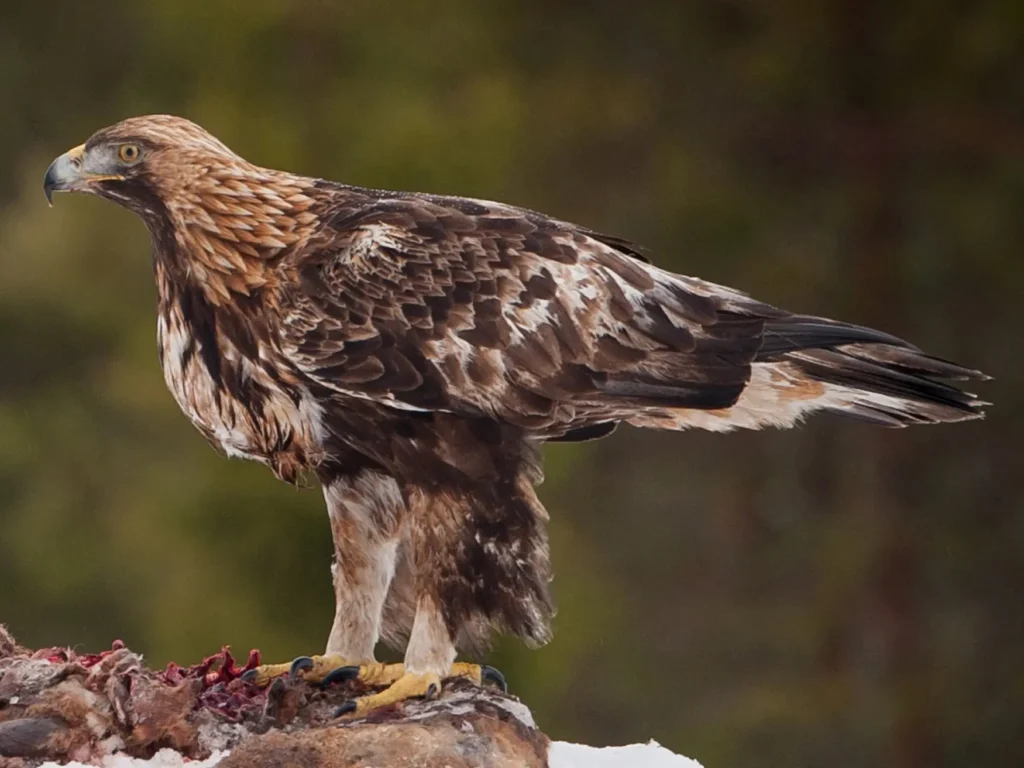
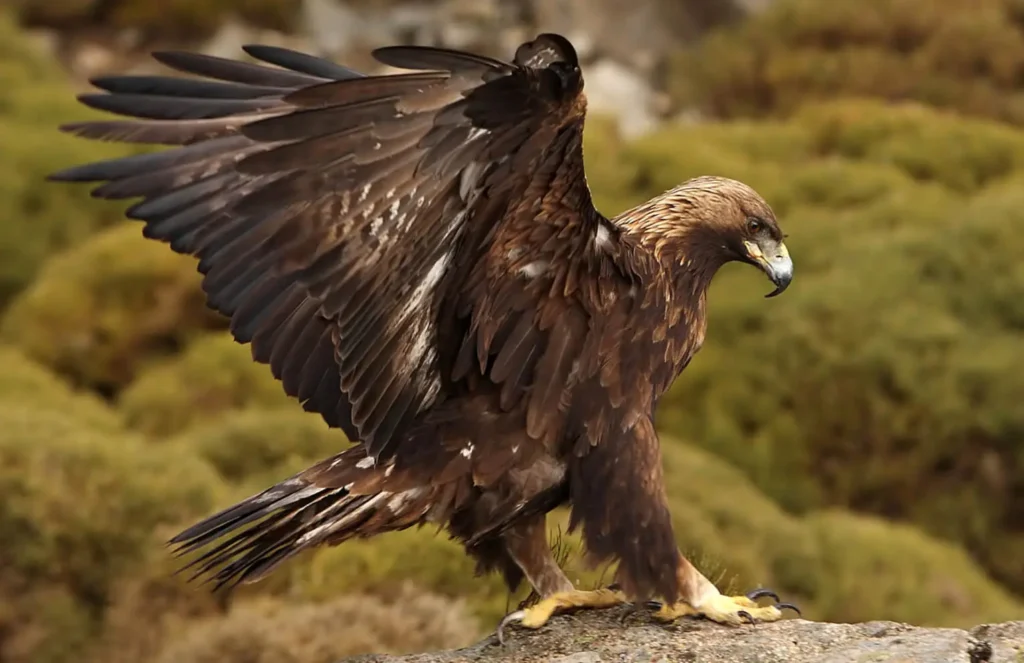
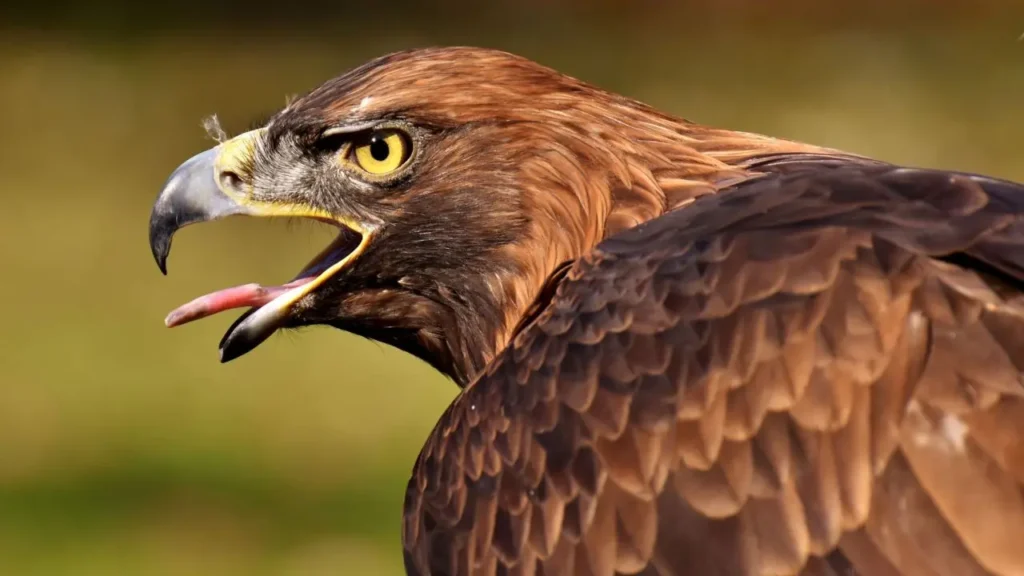
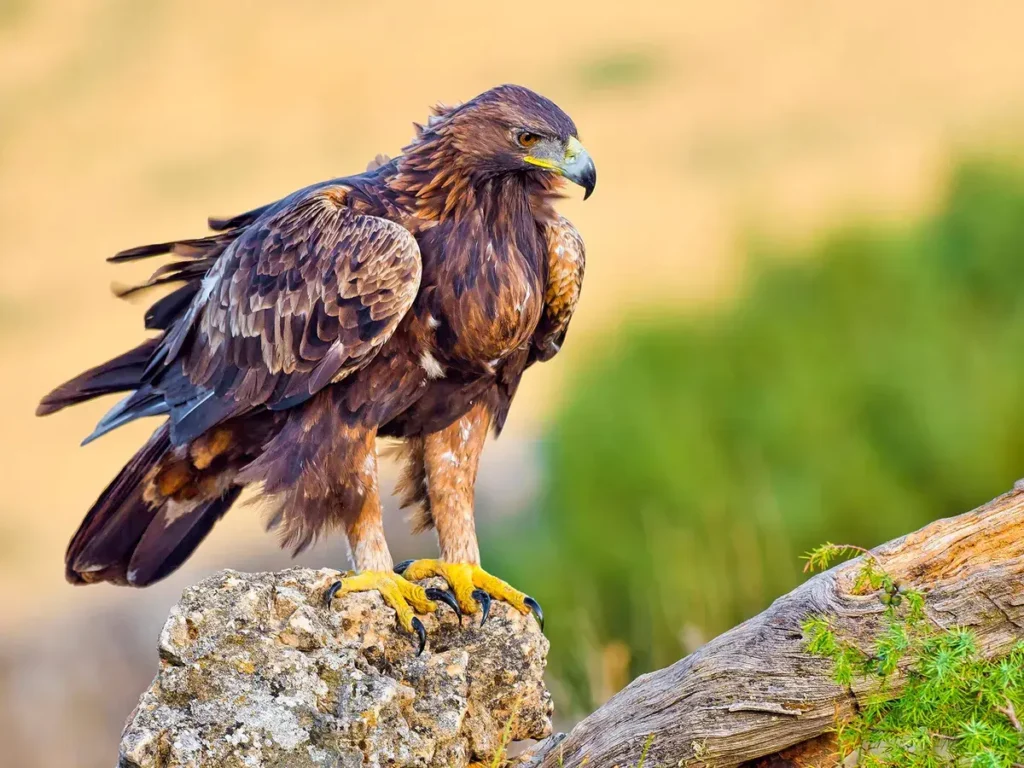
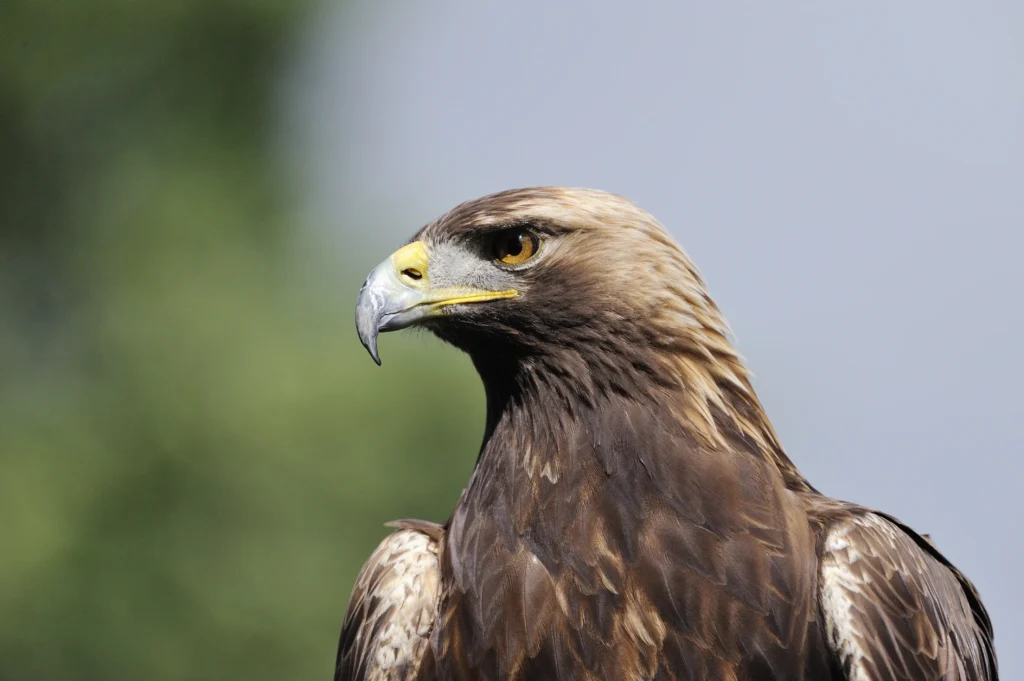
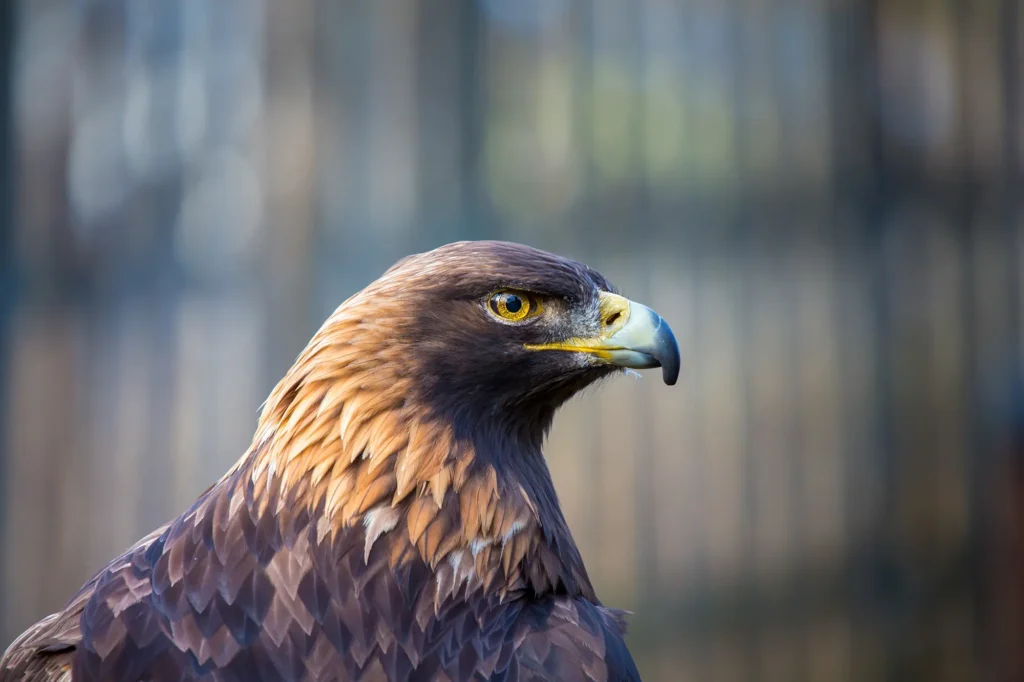
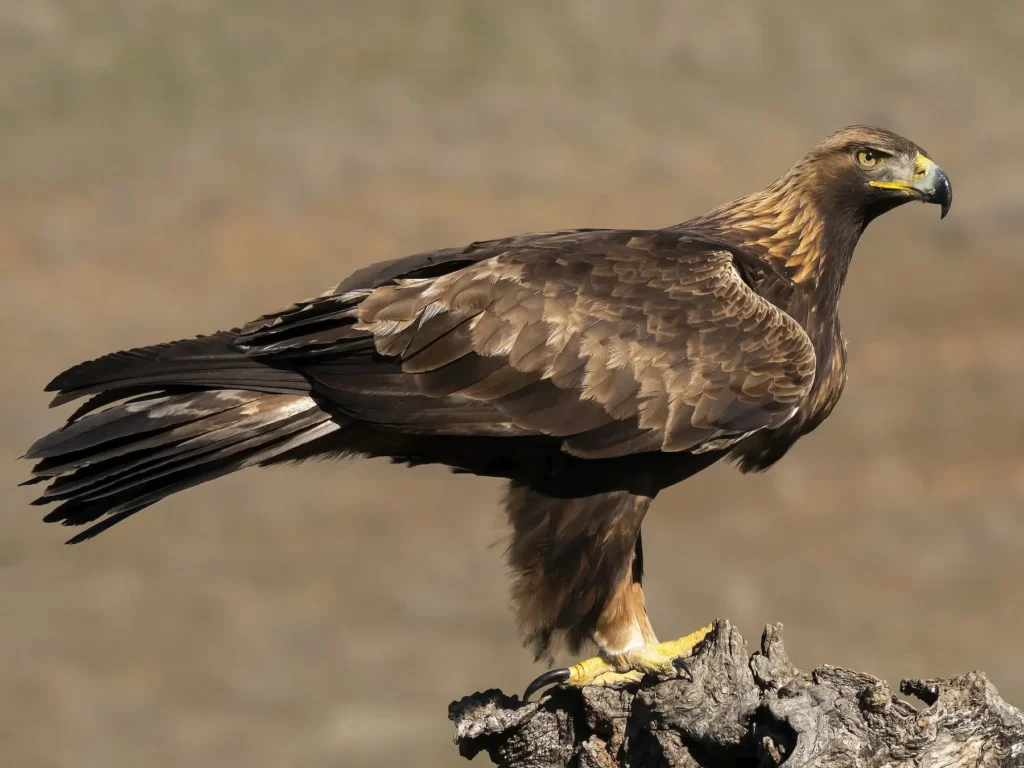
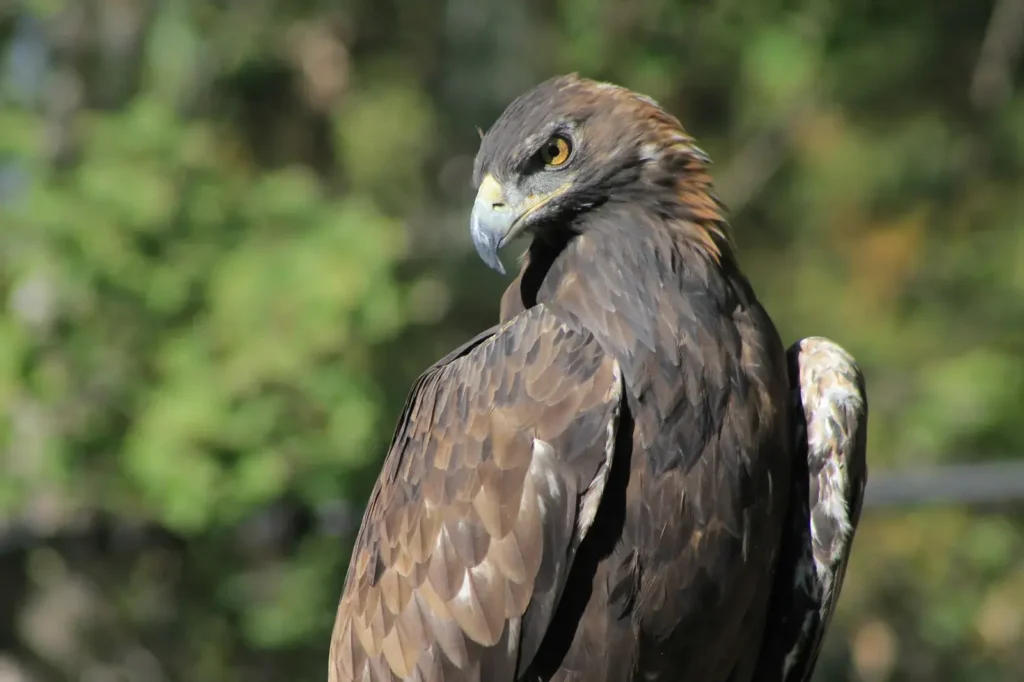
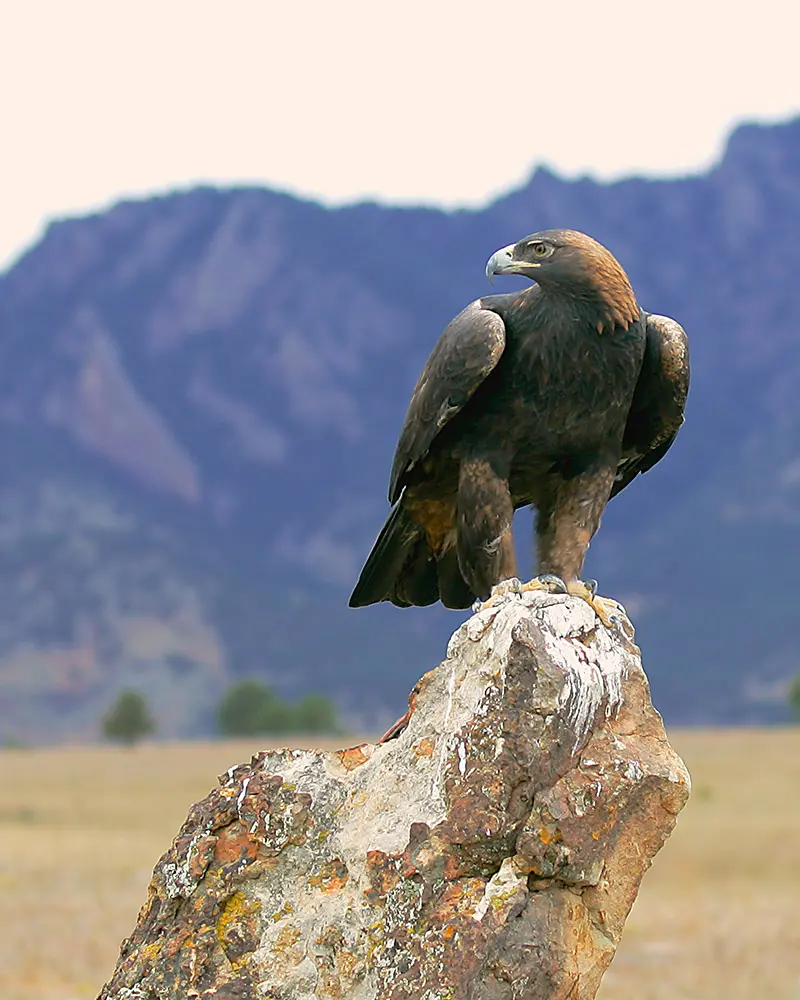
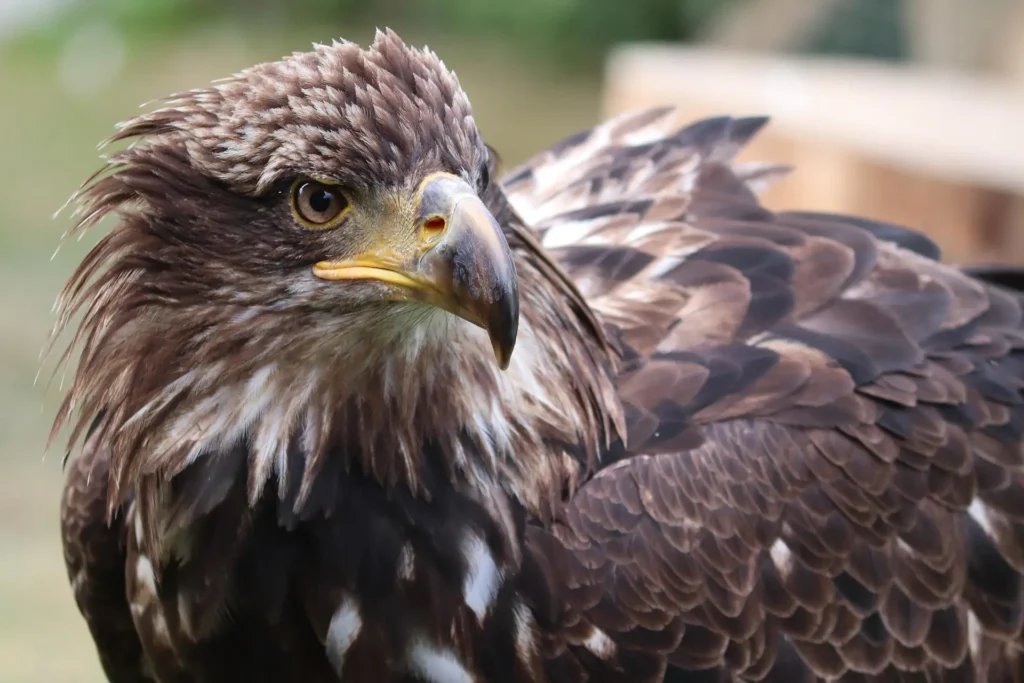

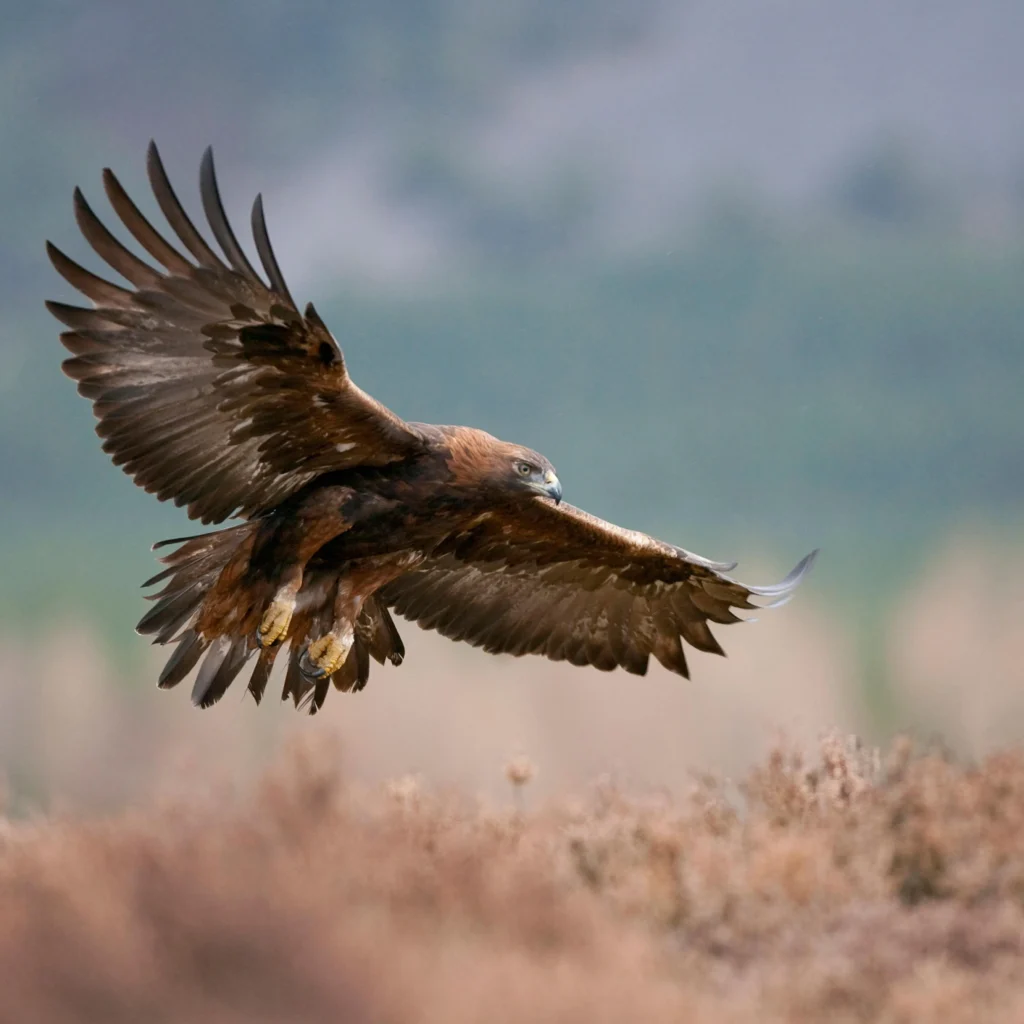
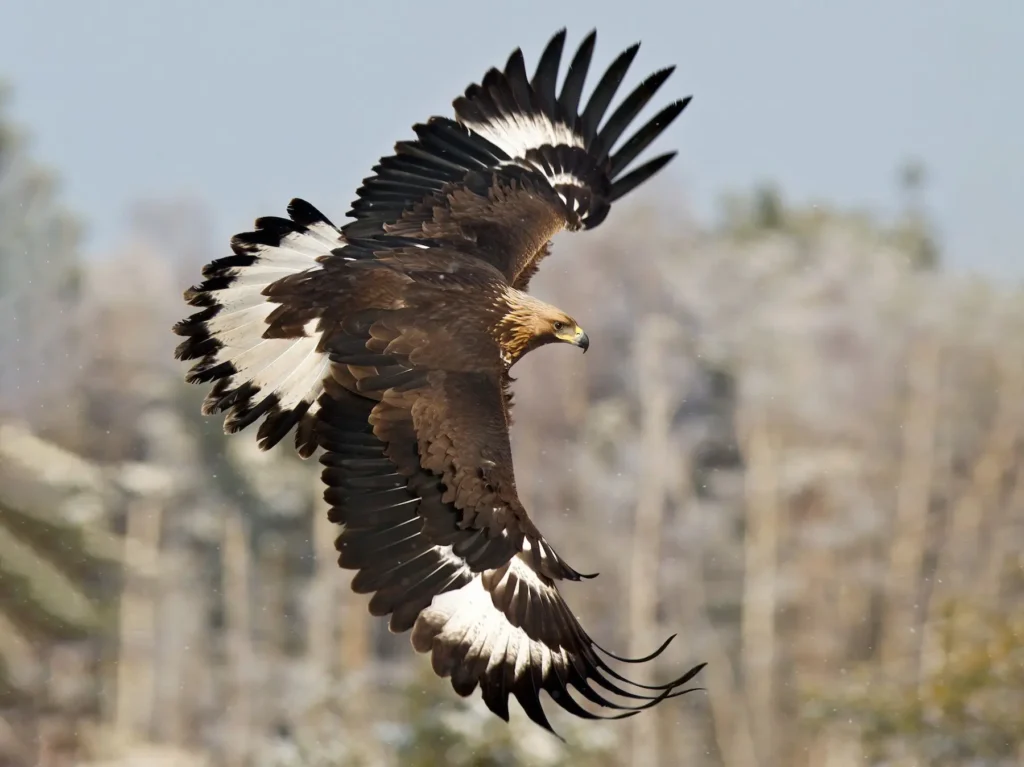

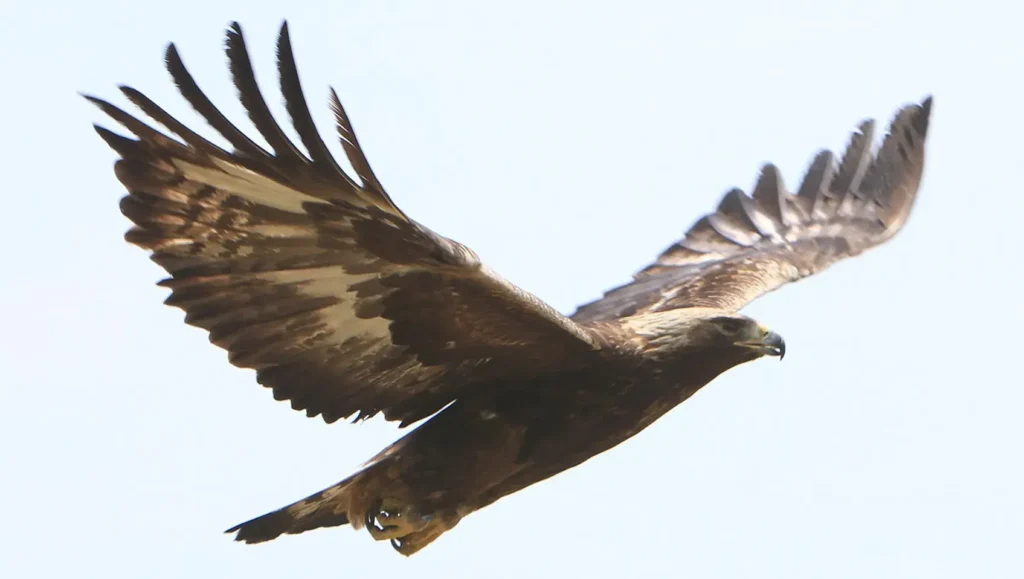

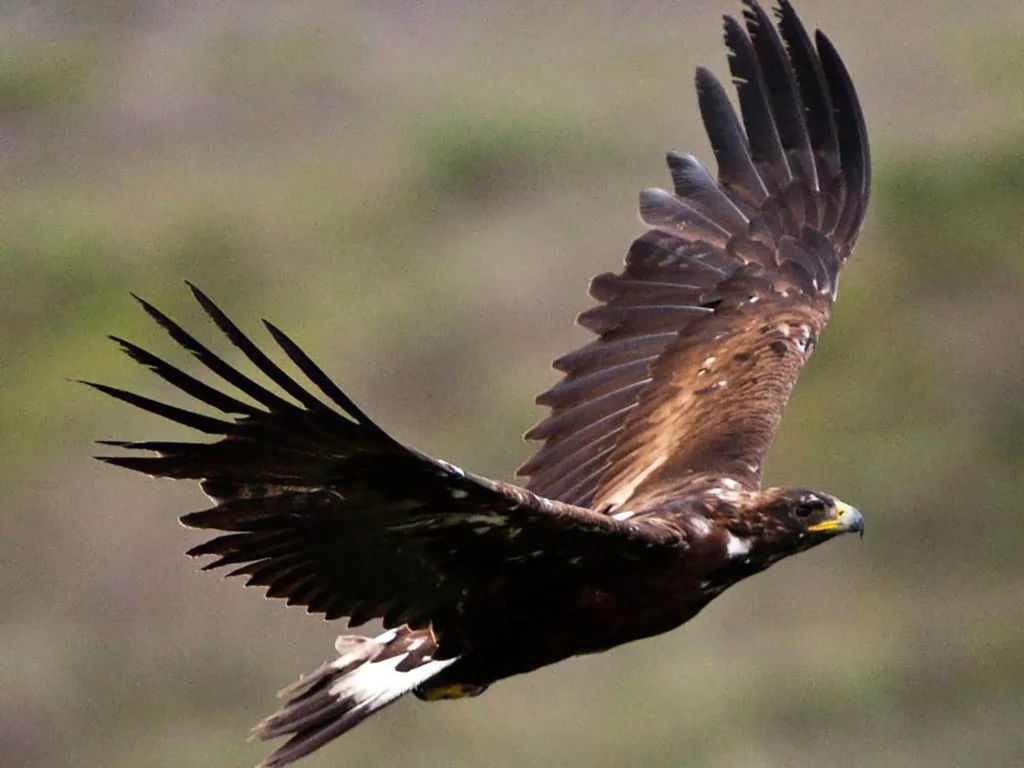
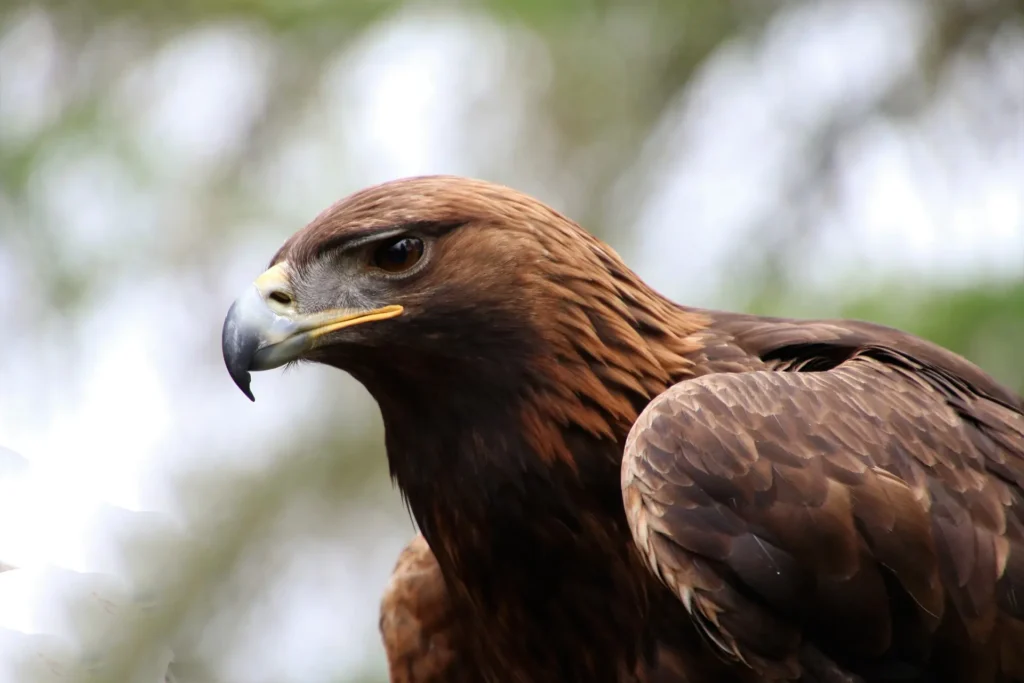
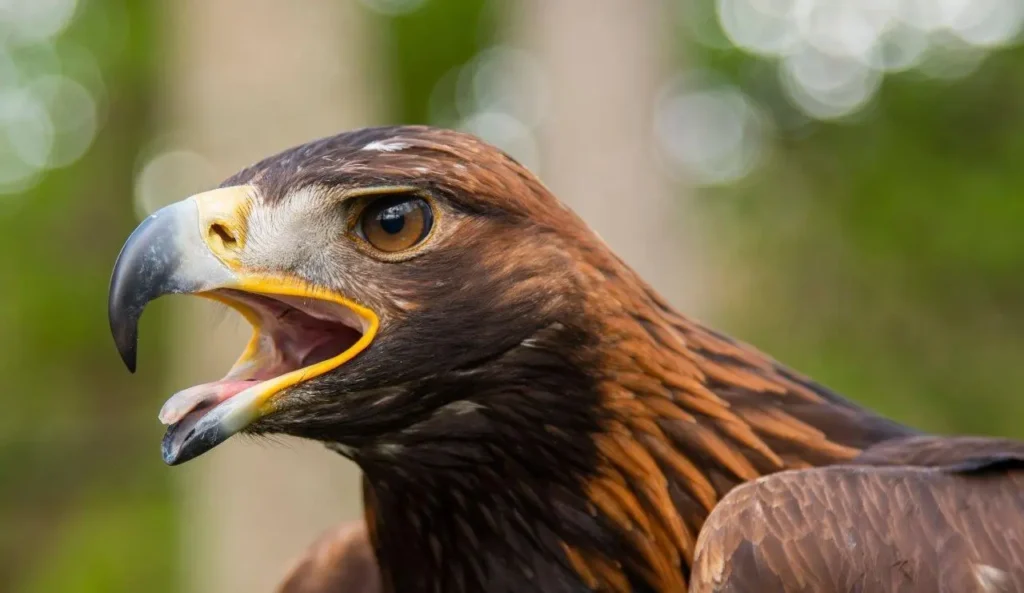
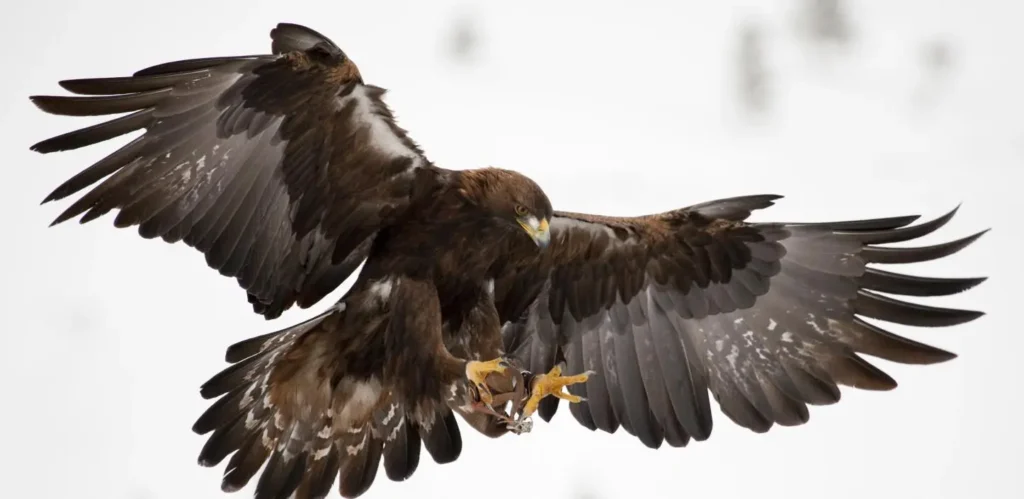
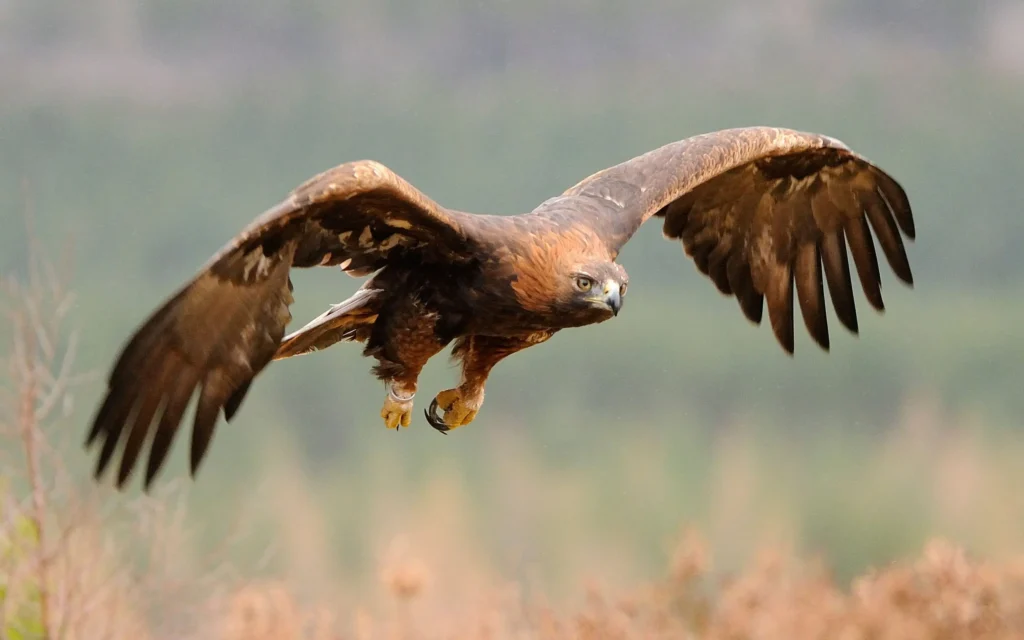
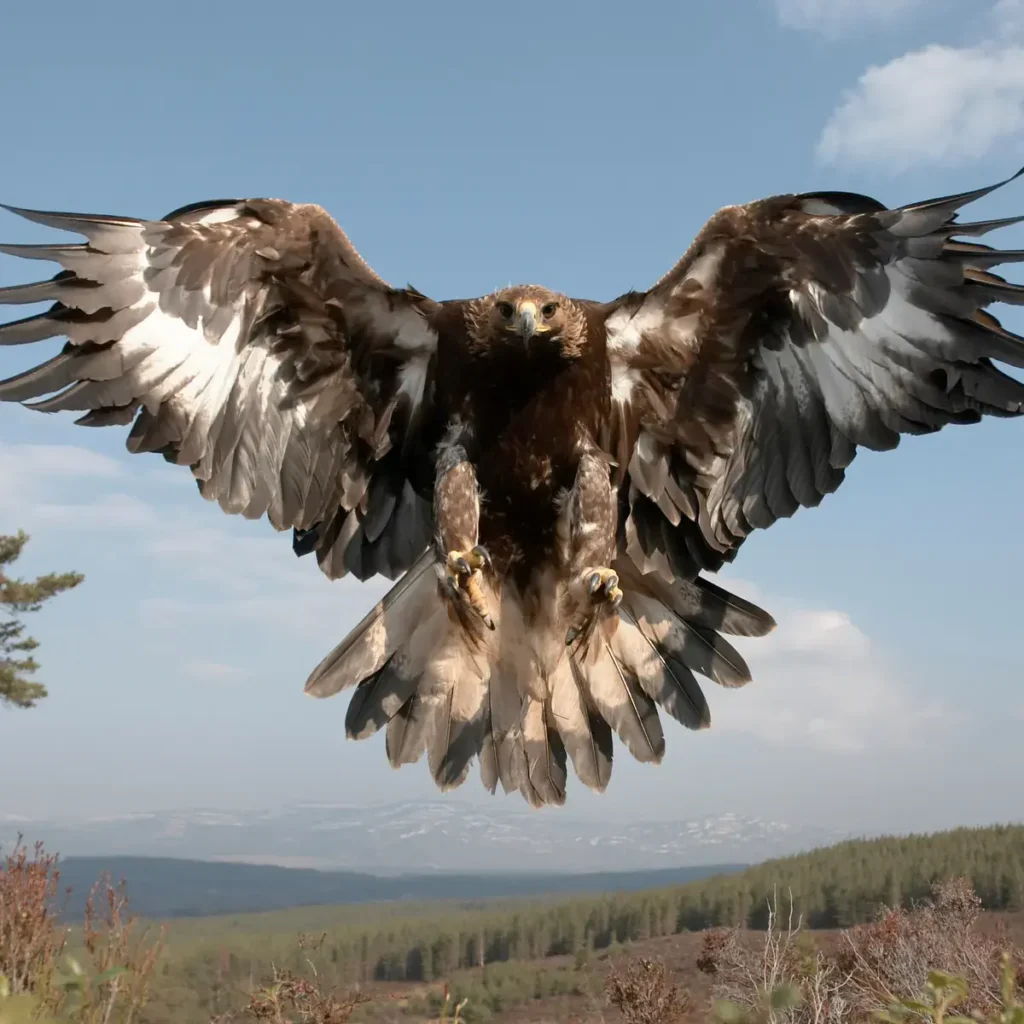


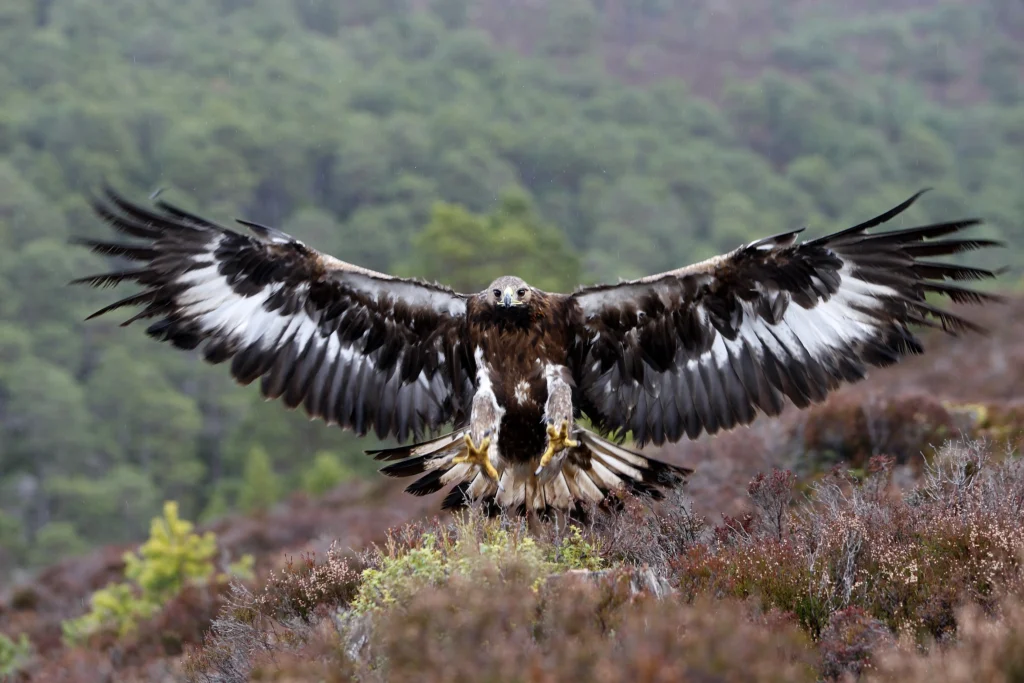
In this article, we will explore the captivating world of Golden Eagles, shedding light on their physical attributes, habitat, hunting prowess, and their significance in various cultures.
Physical Attributes and Habitat
Golden Eagles are renowned for their impressive size, standing as one of the largest birds of prey in the world. With wingspans reaching up to seven feet and weighing between 7 and 15 pounds, these majestic raptors are true aerial powerhouses. Their most distinctive feature is their golden-brown plumage on the back of their necks, giving them their name.
These remarkable birds are found in various habitats across the Northern Hemisphere, from North America and Europe to Asia. They typically inhabit mountainous regions, cliffs, and open landscapes, where their keen eyes can scan the terrain for potential prey or intruders. Nesting on cliffs or large trees, Golden Eagles construct substantial nests called eyries, often reusing them year after year.
Hunting Prowess and Feeding Habits
As apex predators, Golden Eagles possess remarkable hunting abilities. Their sharp talons, strong beaks, and exceptional eyesight make them formidable hunters in the avian kingdom. These birds primarily feed on small to medium-sized mammals, such as rabbits, hares, squirrels, and sometimes even young deer or mountain goats. They are opportunistic predators, adapting their diet based on seasonal availability and the abundance of prey in their environment.
Golden Eagles employ various hunting strategies, including soaring high in the sky to spot potential prey or flying low and stealthily ambushing their targets. They can reach astonishing speeds of up to 200 miles per hour when diving to capture their prey. Once caught, they use their powerful talons to grip and carry their meal back to their eyrie, where they consume it.
Cultural Significance and Conservation
Throughout history, Golden Eagles have captivated human imagination and featured prominently in various cultures and mythologies. Revered for their strength and majesty, they are often seen as symbols of power, freedom, and spiritual significance. Many indigenous cultures consider Golden Eagles sacred and associate them with divine spirits or gods.
However, despite their revered status, Golden Eagles face several threats to their survival. Habitat loss, persecution, and collisions with man-made structures, such as power lines and wind turbines, pose significant risks to their populations. Conservation efforts aimed at protecting their habitats, mitigating human-wildlife conflicts, and raising awareness about their importance are crucial for ensuring the continued existence of these magnificent creatures.
Golden Eagles are nature’s living masterpieces, soaring gracefully across the skies, inspiring awe and admiration in all who witness their beauty and power. Their physical prowess, hunting abilities, and cultural significance have captivated humans for centuries. As guardians of the skies, it is our responsibility to protect these magnificent creatures and ensure that future generations can continue to marvel at the sight of a Golden Eagle in flight, symbolizing the untamed spirit of the natural world.








